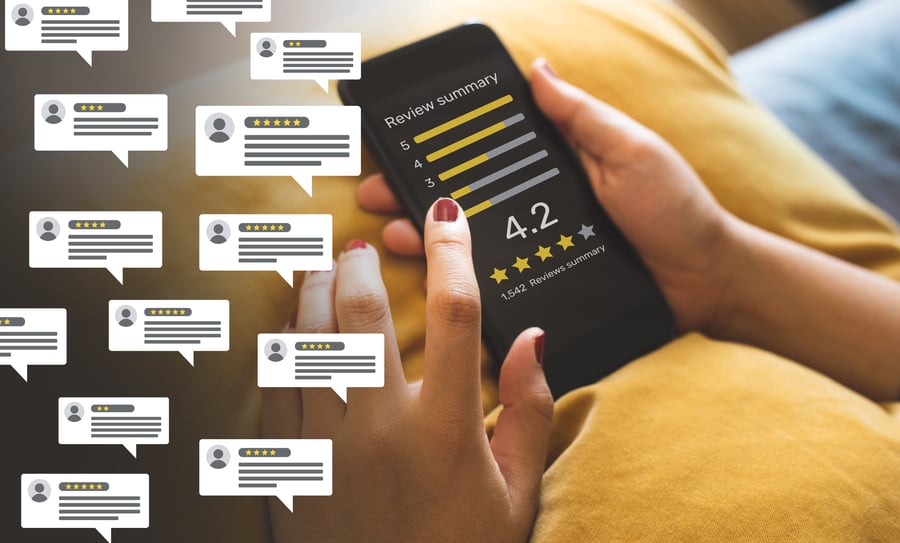Your first point of call is the company website. You want to make sure the website exists and goes to the right place.
Look up the address and phone number
Start by looking at the company’s website to see if there’s a phone number and business address listed. Google Maps will quickly tell you if the company has an actual address. If an address doesn’t show up on Google, call the number to verify that there’s someone from the company available to speak. Either a company representative will answer or the number won’t be in service. Both scenarios are useful for making sure the company is legitimate.
Still not convinced the company is legitimate? An extra step is to search for the same business address across different cities or localities. If the same details show up, then that’s a red flag.
Make sure the URL is secure and goes to the right place
Pay attention to the website’s URL and make sure it’s secure with https:// at the beginning of the address. While this isn’t a 100% guarantee of detecting scammers, it does show that the site owner is using a protected process to transfer data.
A pro tip is to verify the URL using Google’s Safe Browsing Transparency Report. The tool is excellent for revealing fake websites and providing data on any suspicious content. Or you can check the domain name with WHOIS. This site is a must-have in your fraud-fighting toolkit because it shows the details of who owns a domain address, how long the website has been running, contact names and business addresses.




